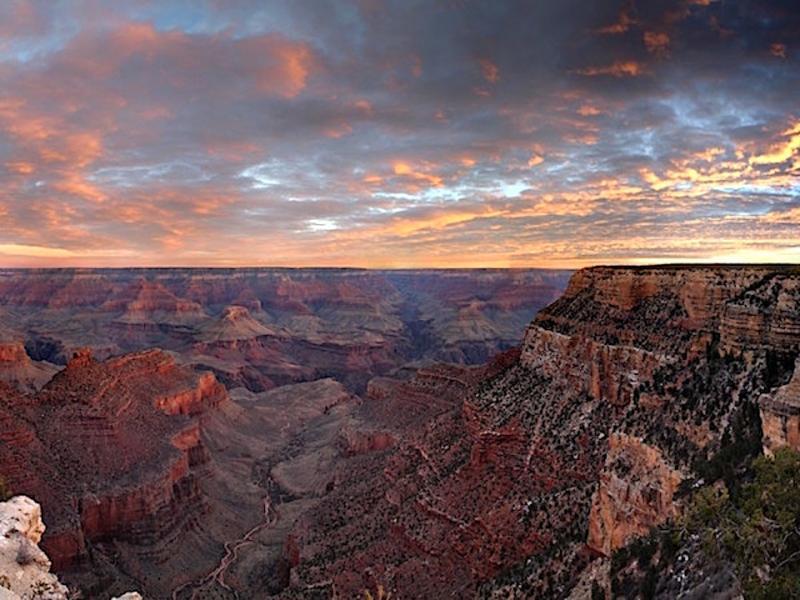
A team of experts will try to determine whether three 5-gallon buckets of uranium ore posed a threat to park staff or visitors/NPS
Experts in radiation exposure and occupational health are heading to Grand Canyon National Park to try to determine whether three 5-gallon buckets of uranium-bearing rocks posed any danger to park staff or visitors. Results of their review are expected by June.
"Visitor and employee safety is our top priority," said Grand Canyon National Park Acting Superintendent Lisa Carrico. "We take this matter very seriously and the National Park Service and Department of the Interior have moved to assemble the appropriate interagency health and safety specialists to determine possible safety concerns, and clarify the relevant facts regarding this issue."
The matter came to light earlier this week when a park employee emailed the Arizona Republic with claims that the buckets were in somewhat close proximity to staff and visitors for two decades.
In a release Thursday, park staff said that last June a routine environmental audit flagged three 5-gallon buckets containing uranium rock samples at the Museum Collection building at the South Rim. On June 18, 2018, the NPS moved the samples to a restricted area at the Orphan Mine site, which is closed to visitors and most employees. Subsequent inspections of the facility have indicated that the Museum Collection building is safe for visitors and employees.
The Museum Collection building is a storage and research facility dedicated to preserving the physical artifacts that tell the Grand Canyon story. The building is located in an administrative area that is separate from visitor use areas. Tours are by appointment only and visitation averages up to 1,000 visitors and researchers annually. The NPS stores objects and documents as part of research collections and to have representative samples of park resources.
The NPS and DOI investigation will examine the level of exposure and potential risk to park visitors and employees when the rock samples were present in the Museum Collection building. It will include a dose reconstruction that will allow experts to determine exposure levels present when the samples were stored in the Museum Collection building, document the park's storage practices, and review employee work and handling practices. The investigation will also review past assessment reports, provide recommendations regarding how samples are managed in the future, and address the potential need for long-term health monitoring, if applicable.
The NPS will update a recorded phone line (928-638-7688) and the park's website as new information becomes available. The public may also email [email protected] with questions or concerns.



Comments
Once the results of a more detailed investigation become availabl, I expect estimates of past radiation exposures to employees and members of the visiting public to be substantially less than what has been reported thus far online and by mainstream media. Some of this is likely due to a misreporting of radiation exposure rates as milliR/hr instead of microR/hr, resulting in an overstatement of radiation exposure by a factor of 1000! This is a relatively common error made by individuals not properly trained in radiation measurement and interpretation.
Not to completely downplay this-but all the reporting has been about "Uranium" when this is actually Uranium Ore. It's still radioactive, and should not have been stored in a public space, but it's relatively common in many places in the Southwest and was routinely used to glaze ceramics until the 1960s. Background radiation in many parts of Arizona, Utah and New Mexico is probably higher than what vistors were exposed to.
I find the comments and tone of the article interesting, as the NPS has spent millions of dollars cleaning up ore and topsoil that never contained anything except ore. If the ore is safe, why were millions wastes? Even more disturbing is the medial reports that NPS personnel dumped these buckets down the mine shaft. This is a superfund site, and by doing so, the NPS has incurred more liaibility for cleanup than it already had due to the huge royalties the NPS took from mining activiities.